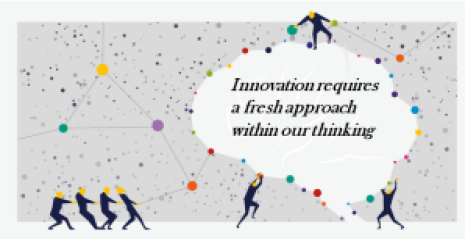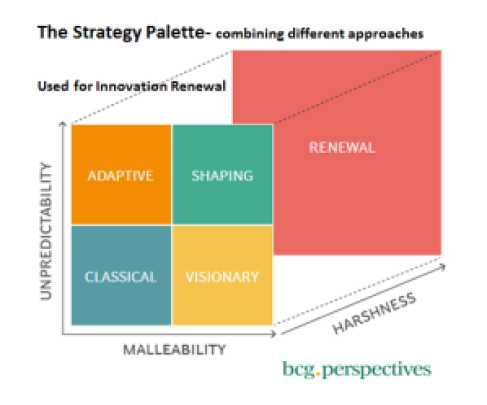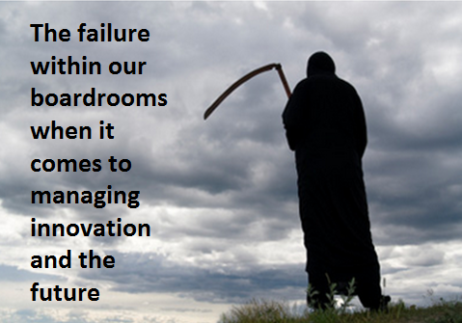 Are we seeing a change in mentality within large organisations towards encouraging individuals to ‘break out and become more intrapreneurial within their part of the business?’
Are we seeing a change in mentality within large organisations towards encouraging individuals to ‘break out and become more intrapreneurial within their part of the business?’
Is this tapping into the increasing desire to be part of creating something new, to grab back the engagement needed, that sense of identity and a growing sense of ownership?
Large organisations sense they are missing out on radically different business opportunities and cast their envious eyes towards the young start-ups, not just coming up with original ideas to solve existing problems and pent-up needs, but seeing the work as potentially disruptive to those managing in the existing space.
This start-up and entrepreneurial spirit are making many senior executives nervous and they want to find ways to harness this within their own organisations, and thus the intrapreneurial movement has been born and is growing fast.
Continue reading “Exploring the Intrapreneurial Way in Large Organizations”






